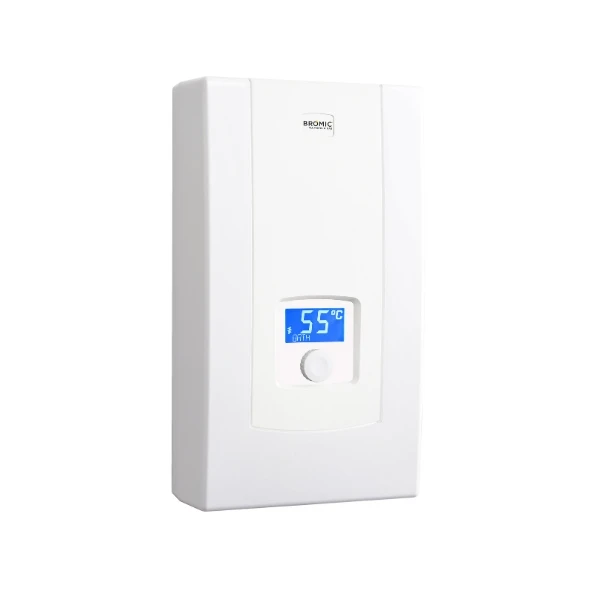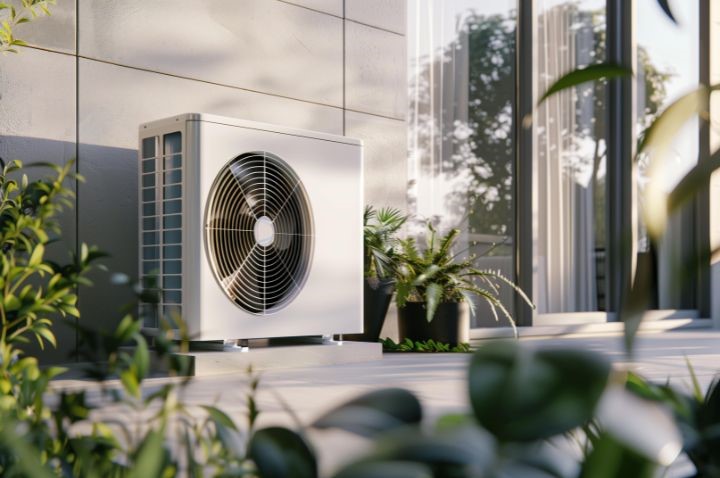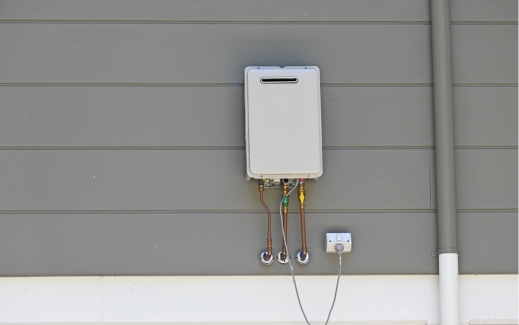
Favourites
Sign in to your account
By adding to Favourites, you can…
- Save products or resource documents you view regularly
- Save time with quick access to frequently viewed items
Please sign in or create an account to add to your Favourites.
Articles
July 28, 2025
Why Diversification Matters: Maximising Efficiency with 3-Phase Electric Hot Water
Managing hot water load requirements in large-scale or multi-residential projects? Diversification might be the smartest tool in your specification toolbox.
When specifying electric hot water systems for commercial environments like aged care, education, or healthcare facilities, it’s easy to overestimate demand. That overestimation can lead to oversizing, unnecessary infrastructure upgrades, and increased capital costs – often missing the most efficient, cost-effective hot water solution for the project – but there is another way.
In this article we’ll simplify diversification and explore how properly balanced 3-phase electric systems help you deliver smarter designs, greater energy efficiency, and real cost savings for your next project.
What Is Diversification, and Why Should You Care?
In simple terms, diversification accounts for the fact that not all hot water outlets are used at once. So, instead of sizing a system to handle 100% of possible usage, you’re designing based on actual, realistic demand.
And here’s the key insight: in residential-style buildings, peak demand rarely exceeds 33% of a system’s total capacity. That means most systems are oversized from the start.
During a recent discussion with an electrical engineer, he said. “The biggest challenge is balancing demand without exceeding thresholds that trigger expensive infrastructure upgrades. The trick is smart diversification and accurate demand forecasting, supported by feasibility. For more information, check out a Q&A with an Electrical Engineer on Hot Water, Power, and Project Design.
By leaning into diversification principles, you can optimise the system, avoid unnecessary electrical upgrades, and maximise energy efficiency without compromising performance.
The 3-Phase Advantage: Smarter Load Distribution
When applied correctly, 3-phase electric hot water systems offer a major advantage. Here’s why it works so well in diversified designs:
1. Balanced Loads: Greater Electrical Stability and Efficiency
Instead of drawing power through a single phase, which can lead to unbalanced electrical loads, 3 Phase systems distribute demand evenly across all three power lines. This ensures:
- Lower peak current draw per phase, reducing stress on individual cables, switchboards, and breakers.
- Improved electrical efficiency, as a balanced load avoids energy losses.
- Prolonged lifespan of electrical infrastructure, including switchboards and transformers. Smartlifestyleaustralia.com.au
- Smoother operation of other building systems by minimising voltage drops and electrical ‘noise’ that can impact other system within the project.
Power demand is shared evenly across three phases, easing pressure on the electrical infrastructure.
2. Reduced Infrastructure Demands: Optimise CapEx without Compromising Performance
3-phase electric hot water systems offer high thermal output with greater electrical efficiency. Because of the efficiency in power distribution, 3-phase systems can handle higher loads without excessive current draw. This translates into:
- Smaller conduit and cable sizes relative to total output, reducing the need for bulky, high-amperage cabling typical in high-demand single-phase systems.
- Lower overall infrastructure requirements, often avoiding the need for mains upgrades, transformer changes, or switchboard expansions.
- Capital cost savings, especially when paired with a ring main configuration, which centralises heating while simplifying pipe runs.
- Faster installation and easier planning approvals, with compact, wall-mounted units requiring less physical and structural accommodation.
By delivering the needed performance without pushing the electrical envelope, three-phase systems help streamline project timelines and budgets – without compromising on output.
3. Supports Decentralisation: Smarter System Design
Centralised hot water systems rely on tanks and long circulating pipe runs, which lead to heat loss, slow delivery times, and higher maintenance. 3-phase instantaneous units flip that model:
- Point-of-use installation reduces circulation through the pipe network therefore minimising thermal loss.
- Rapid hot water delivery improves the reliability, especially in projects like aged care and hospitals.
- Reduced Risk built in: multiple small units reduce the risk of complete system failure.
- Reduced energy wastage: Unlike centralised systems that must circulate water at 60°C, decentralised systems heat water closer to the point of use, at the 50°C temperature needed – eliminating unnecessary temperature redundancy and lowering energy consumption.
This is particularly effective in aged care, hospitals, and apartments – anywhere hot water use is intermittent and user-driven.
Bromic’s 3-Phase Range: Compact, Capable, and Ready to Go
Our 3-Phase Instantaneous Electric Hot Water units are the perfect match for performance and practicality in projects where energy efficiency, reliability and ease of installation are paramount.
Key features:
- Power ratings: 18kw, 21kw, 24kw, 27kw
- Flow rates: Up to 11.3 L/min (ΔT = 35°C)
- Electronic controls with LCD display
- Temperature lock for safety and compliance (50°C or 60°C settings)
- No flue or gas connection required
- Slimline, wall-mounted design, easy to install and easy to hide
Ideal for:
- Aged care ensuites
- Healthcare wash stations
- Commercial kitchenettes
- Education facility bathrooms
- Multi residential developments and more
Meaning less infrastructure, faster installs, lower running costs.
Design Smarter, Not Bigger
Hydraulic consultants play a pivotal role in designing systems that are not only functional but also efficient. By embracing diversified system design and specifying decentralised 3-phase units, you can:
- Cut down on infrastructure costs
- Improve system responsiveness and efficiency
- Stay compliant without overspending
And with Bromic’s technical support, documentation, and BIM files ready to go, integrating these systems into your next project is simple.
Want to take a closer look?
Download our 3-Phase Hot Water Overview or View Technical Specs to see how load diversification can streamline your next project.





